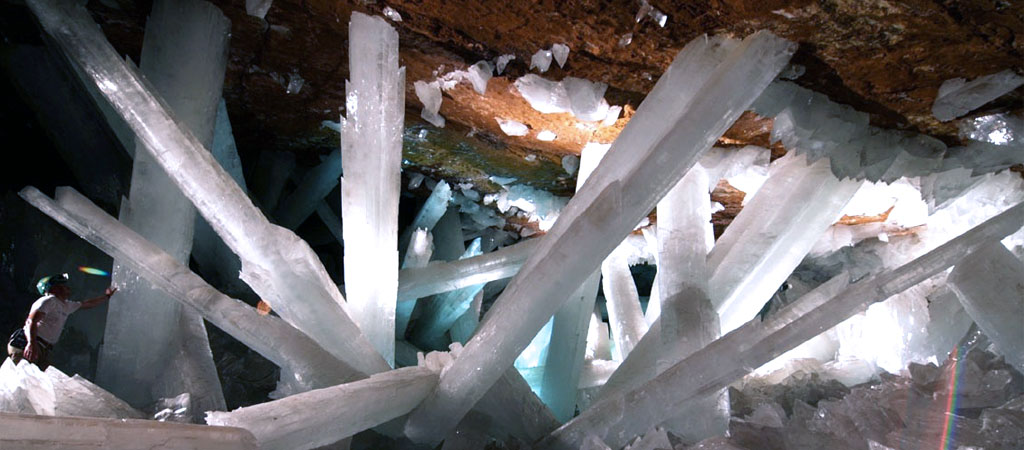
Researchers point out that the resistance of these microorganisms could accidentally bring to earth dangerous extraterrestrial organisms.
NASA scientists have discovered in the crystals of the cave of Naica in Chihuahua, the existence of living organisms with 60,000 years, a finding that worries experts who prepare trips to collect samples on other planets.
Apparently, these strange microorganisms survived for so many years by feeding on sulfite, manganese or copper oxide, said Penelope Boston, head of NASA’s Astrobiology Institute at a conference at the American Association for the Advancement of Science (AAAS) this weekend in Boston.
“This discovery has important implications in trying to understand the evolution of microbial life on our planet,” said Boston.
The discovery has not yet been published in a scientific journal, but gives hope that organisms capable of surviving in extreme environments on other planets and moons of our solar system can be discovered, according to scientists.
According to Boston, a hundred different microorganisms – mostly bacteria – were trapped in these crystals for periods ranging from 10,000 to 60,000 years. Of these species, 90 percent had never been observed.
The discovery that these microorganisms survived for tens of thousands of years under extreme conditions worries astrobiologists who prepare exploration missions in the solar system to collect samples.
Fear of pollution
Astrobiologists emphasize the risk of contamination if returned with terrestrial organisms from exploration missions, such as those on Mars for example, where several US robots already exist.
In general, NASA takes important precautions. Prior to travel, spacecraft and exploration equipment are sterilized. But there is always the risk that ultra resistant terrestrial microorganisms have survived.
Concern over the risk of spacecraft returning to Earth with microorganisms is not new. Already at the time of the Apollo missions between 1960 and 1970, astronauts returning from space were quarantined.
These are not the oldest microbes discovered so far. A few years ago, scientists found live microbes about 500,000 years old. They were trapped in ice and salt, two environments considered more conducive to life than Naica crystals.